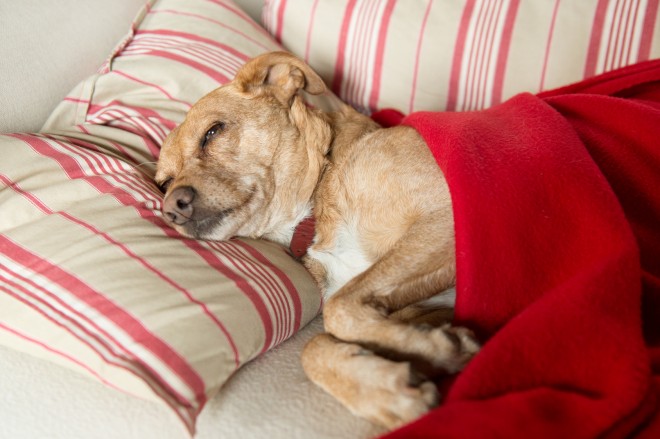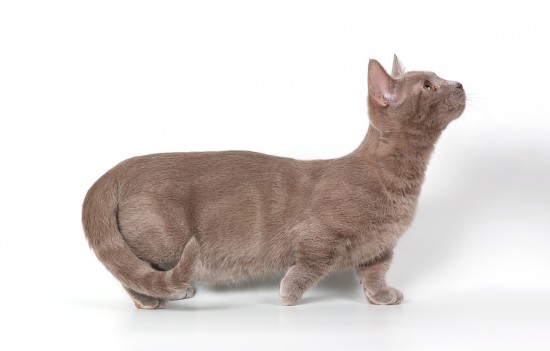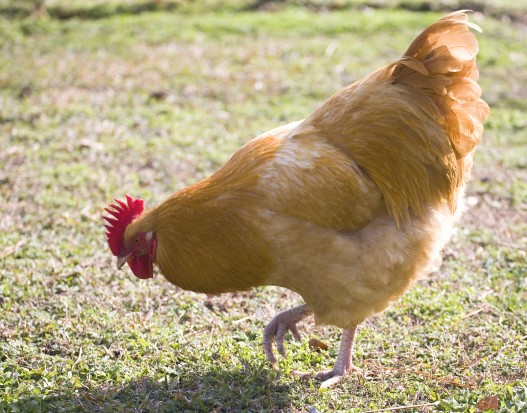As cat owners know, cats will do some of the craziest things. Most are harmless, however, often cats will display abnormal, destructive behaviors. One such behavior, categorized as an inappropriate consumptive behavior is wool sucking. As it implies, a cat displaying this behavior will suck or chew on wool. The owner of such a cat might also find that the cat sucks or chews on the armpits of their sweaters, unfortunately when they are wearing the sweater!
Needless to say, this can become a very bothersome (and embarrassing!) habit. Wool sucking cats seem to prefer a woven material such as a sweater instead of raw wool. In some cats, the sucking begins with wool, but then progresses to other available materials such as cotton or even plastic. The behavior most often begins at puberty and, if left untreated, can lead to serious digestive illness and destruction of household items.
Why Do Cats Wool Suck?
The majority of cats that display this behavior are Siamese and this fact gives a strong indication that it can be inherited. It is not, however, related to any nutritional deficiencies, external stresses or to the sex or reproductive stage of the animal. One hypothesis is that this may be a behavior that is "left over" from the prolonged six-month suckling period that is common in feral (stray or wild) cats. Since domestic kittens are usually weaned at six weeks, this may result in suckling deprivation that is expressed by the sucking of man-made objects such as wool. Unfortunately, this idea has not been tested experimentally.
It has also been thought that cats may wool suck because the odor of lanolin in wool is similar to the odor of the fur around the nipples of the kitten's mother.
What to do With a Wool Sucking Cat
The treatments available to the owner of a wool sucking cat include behavior modification, drug therapy, and, in extreme cases, euthanasia.
Obviously, every attempt to control this behavior should be made in order to avoid having to put the animal down. This takes patience and perseverance on the part of you the cat owner.
Behavior Modification
The following are a few steps that you could take to help control a cat's wool sucking behavior: The first step is to remove any objects that the cat may suck or chew on.
This may mean confining the cat to one room of the house. In order to encourage the cat's natural meat eating instinct, a supply of rawhide or bones could be made available to the cat (no chicken bones!).
The next step in involves the use of some punishment: One method is to thump the cat on the nose and say, "No" when it begins to suck.
(Editors Note: The above statement is exclusively the viewpoint of the article writer and not of the staff of this blog. We do not condone nor endorse any form of physical punishment or aggressive behavior towards any animal.)
Another is to spy on the cat and use the trusty water pistol any time a cat is found sucking. In order for this kind of discipline to work, the punishment must be delivered immediately after every incorrect behavior occurs. For this reason, punishment often does not work because you cannot always punish the cat the moment it begins to suck and every time it sucks. The cat will take advantage of this and often turns the situation into a game. It will begin to sneak and lurk around to try and avoid getting caught. For these crafty cats, the use of slightly sprung mousetraps hidden in clothing may be effective. This allows punishment to be delivered even if you are not around.
Another technique that can be used involves a bottle of your favorite perfume and a bottle of Tabasco sauce. This method relies upon the association of a certain odor with a bad experience to deter the cat. By applying the perfume and hot sauce to an item of clothing, the cat that sucks on the clothing will associate the smell of the perfume with the unpleasant taste of the hot sauce.
Chemicals that can be administered
If punishment and/or the hot sauce do not work, there are various substances that you can give to your cat.
Since one possible explanation for wool sucking is a craving for lanolin, it can be fed to the cat. Although no nutritional deficiencies have been found in wool sucking cats, it has been found that feeding the cat a diet high in fiber can eliminate the behavior in some cases.
It has also been found that administering 0.5 g per day of thyroid hormone also controls some cases of wool sucking. For cats where none of the above treatments work, anti-anxiety drugs (e.g. amitriptyline HCL) may help however there are side effects to these drugs.
Prevention
Unfortunately, since it is not known exactly why cats wool suck, there are not many steps that you can take to prevent this behavior from occurring. However, here are a couple of points to keep in mind:
Siamese cat breeders should wait until kittens are 12 weeks old to wean.
This ensures an adequate suckling period. A cat displaying wool-sucking behavior should not be used for breeding because there is the possibility that the kittens could inherit the behavior.
Conclusions
Wool sucking is a peculiar and destructive behavior that is often hard to control. However, there are many ways in which this behavior can be controlled or eliminated, and with the development of new drugs, there may be even more options in the future. A lot of time and patience are required to successfully control wool sucking but these are rewarded by a normal cat, and clothing without holes!
http://www.eliminatecatodour.com

 Aspirin Poisoning In Dogs
Aspirin Poisoning
Aspirin Poisoning In Dogs
Aspirin Poisoning
 Reptiles birthday party- Must Organize For Having Special Party
Reptiles birthday party- Must Organize For Having Special
Reptiles birthday party- Must Organize For Having Special Party
Reptiles birthday party- Must Organize For Having Special
 Munchkin Cat Health And Genetics
Munchkin Cat Heal
Munchkin Cat Health And Genetics
Munchkin Cat Heal
 Best Dog Grooming in Toronto: Ensuring Healthy Life of Your Pet
Best Dog Grooming in Toronto: Ensuring Healthy Life of You
Best Dog Grooming in Toronto: Ensuring Healthy Life of Your Pet
Best Dog Grooming in Toronto: Ensuring Healthy Life of You
 Leg Problems And Lameness In Chickens
Leg Problems And
Leg Problems And Lameness In Chickens
Leg Problems And